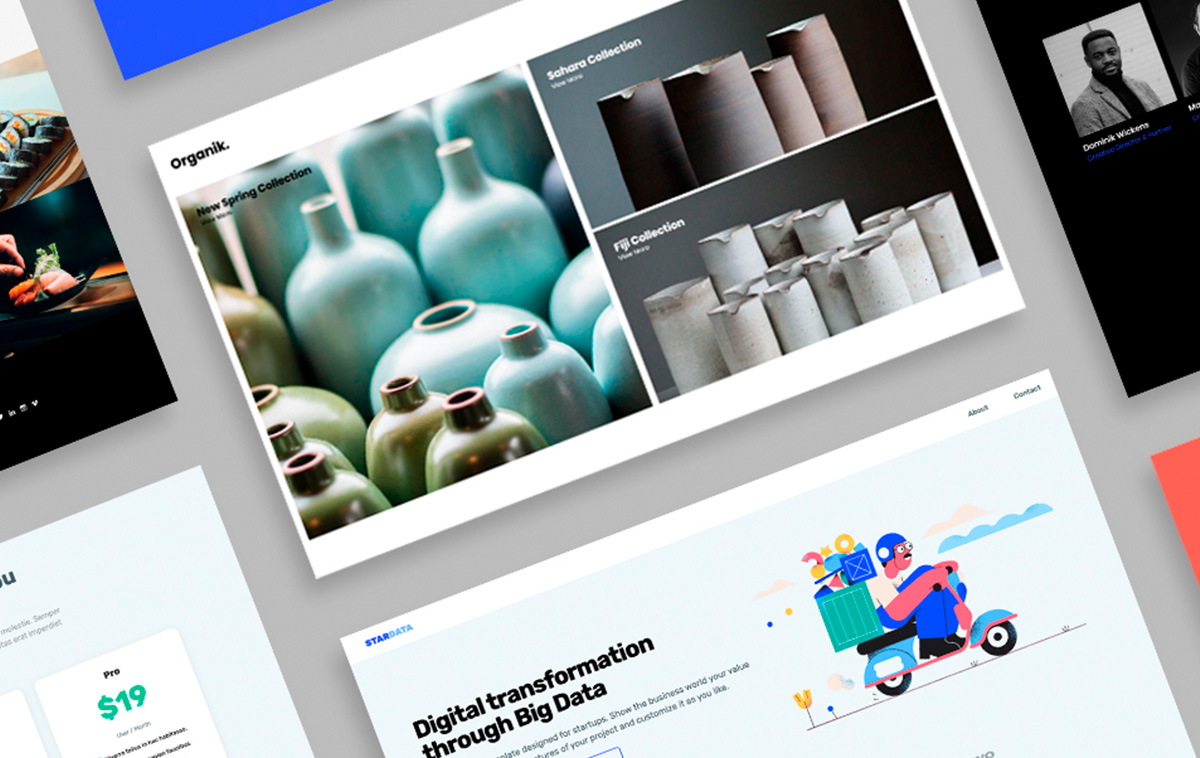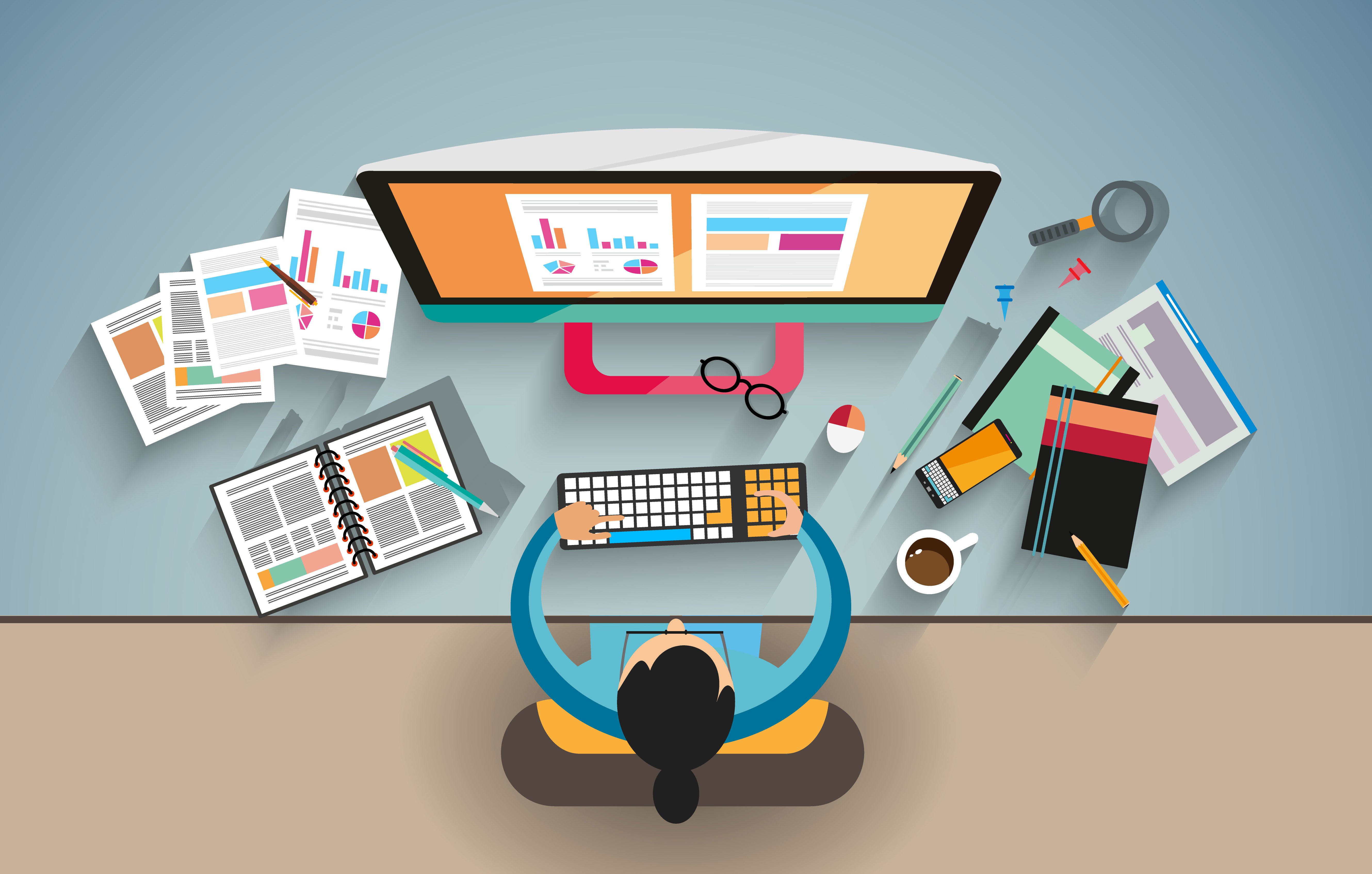Professional Aligned Position Web Design: Custom Websites Tailored to Your Business Needs
Professional Aligned Position Web Design: Custom Websites Tailored to Your Business Needs
Blog Article
The Best Sorts Of Website Design to Enhance Customer Experience and Interaction
In the ever-evolving landscape of digital communication, the efficiency of website design dramatically affects customer experience and interaction. Different layout techniques, such as minimalist, receptive, and interactive formats, each offer special advantages that can satisfy varied user demands. Understanding which sorts of Web layout best offer these goals can be pivotal for companies aiming to improve consumer fulfillment and retention. The inquiry remains: which design components absolutely resonate with users and foster purposeful interaction? The expedition of these concepts discloses vital understandings that might redefine your technique to Web layout.
Minimal Web Design
As digital landscapes end up being progressively chaotic, minimalist website design has actually arised as a powerful method to enhancing user experience. This design approach prioritizes simplicity, focusing on vital elements while removing unnecessary distractions. By utilizing ample white area, straightforward navigation, and a restricted shade palette, minimal design fosters quality and routes individual focus to crucial content.
The core principle of minimalist website design is to develop a smooth communication for individuals. By lowering cognitive lots, users can quickly comprehend info without really feeling bewildered. This direct technique not just improves usability however likewise motivates involvement, as visitors are most likely to discover a website that is aesthetically attractive and easy to navigate.
Furthermore, minimalist design usually stresses typography and images, making use of these elements tactically to share messages effectively. This concentrate on essential parts can improve brand identity and develop a memorable customer experience. Essentially, minimal website design is not just a trend; it is a thoughtful technique that identifies the relevance of user-centered layout. By removing away additional components, developers can create a much more appealing, reliable, and satisfying Web experience for all individuals.
Responsive Web Style
In today's diverse digital setting, receptive website design has actually become vital for creating a seamless user experience across a wide variety of devices. As individuals accessibility web sites on smart devices, laptop computers, tablet computers, and desktop computers, the capacity of an internet site to adjust its format and web content to various display sizes and resolutions is essential.
Receptive website design utilizes versatile grids, pictures, and CSS media queries to make sure that Web material is offered efficiently, no matter the device used. This approach not just boosts the visual allure of an internet site yet likewise significantly enhances usability. Customers are extra most likely to engage with a site that provides a regular experience, as it removes the disappointment of having to focus or scroll exceedingly.
Furthermore, internet search engine, consisting of Google, focus on mobile-friendly internet sites in search rankings. By embracing receptive style, services can enhance their visibility and get to a wider audience. This technique likewise simplifies website maintenance, as a solitary variation of the site can accommodate all tools, reducing the need for multiple versions. In summary, responsive website design is an essential practice that improves individual experience, engagement, and overall fulfillment.
Interactive Web Style
Receptive website design prepares for boosting user experience, but interactive Web layout takes this an action even more by involving users in an extra dynamic method - Aligned Position Web Design. By including components such as animations, clickable models, and real-time feedback, interactive website design mesmerizes users, drawing them right into a richer browsing experience
This strategy not only promotes interaction but likewise encourages customers to check out material proactively instead of passively eating it. Techniques such as gamification, where customers make benefits for finishing jobs, can considerably boost the time spent on a site and enhance overall satisfaction. Interactive attributes can simplify complex information, making it much more digestible and delightful.

Integrating interactive layout elements can likewise bring about greater conversion prices, as customers informative post are most likely to involve with a website that actively includes them. Aligned Position Web Design. Eventually, interactive website design go to these guys changes individual experiences into remarkable trips, making certain that visitors return time after time
Flat Style
Characterized by its minimalistic strategy, level style highlights simplicity and functionality, stripping away unnecessary components and focusing on essential functions. This design viewpoint prioritizes functionality, making certain that users can browse user interfaces with simplicity and performance. By employing a clean aesthetic, level style gets rid of the mess frequently found in more luxuriant designs, consequently enhancing customer focus on web content and performance.
The trademark of level style depends on its use strong shades, straightforward typography, and geometric forms. These aspects add to an aesthetically attractive interface that is both friendly and modern. Furthermore, level style fosters a sense of clearness, allowing users to discern important actions and details without disturbance.
In addition, level layout is specifically reliable in responsive Web design, as its simplicity equates well throughout different tools and screen dimensions. By concentrating on crucial attributes, level layout not just meets customer needs however likewise urges seamless interaction, making it an essential element of effective Web style techniques.
Adaptive Web Layout
Flexible Web design tailors the individual experience by producing several fixed formats customized to various display sizes and tools. Unlike receptive layout, which fluidly adjusts a single layout, adaptive layout uses distinct designs for particular breakpoints, ensuring optimal discussion on different platforms. This technique allows developers to focus on the one-of-a-kind features of each read this tool, improving use by providing exactly what users need based on their context.
Among the primary benefits of flexible Web layout is its capability to maximize load times and performance. By offering customized material and images that fit the user's tool, sites can decrease information usage and improve loading speeds. This is specifically advantageous for users with slower links or restricted data plans.

Additionally, flexible design assists in an extra controlled and constant branding experience. Considering that developers create several formats, they can ensure that the visual components align with the brand's identity throughout various platforms - Aligned Position Web Design. This results in a cohesive customer experience, boosting engagement and promoting individual retention
Verdict
To conclude, the combination of minimal, receptive, and interactive Web layout principles considerably improves individual experience and involvement. Minimal design fosters clearness and focus, while responsive style makes sure flexibility throughout numerous tools, advertising accessibility. Interactive design captivates users through dynamic elements, encouraging exploration and personalization. Collectively, these design approaches contribute to the creation of user-friendly environments that not only boost contentment yet additionally drive greater conversion prices, highlighting their important importance in modern website design techniques.

Minimalist layout cultivates clarity and focus, while responsive design ensures adaptability across various gadgets, promoting availability. Jointly, these style approaches contribute to the development of easy to use atmospheres that not only enhance fulfillment however likewise drive higher conversion rates, underscoring their crucial significance in contemporary Web layout approaches.
Report this page